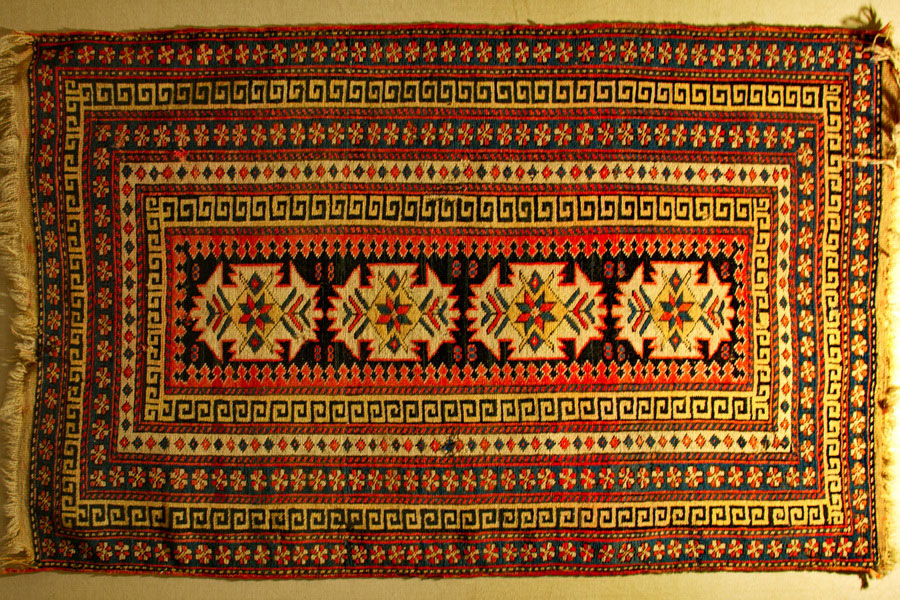
Armenian applied arts developed through the centuries as local artisans absorbed the practices of conquering civilizations, using their newly acquired skills to create vibrant mosaics of artwork. Armenian potters, jewelers and weavers passed on their skills to their descendants, and today Armenian handicrafts spoil with their elaborate designs and rich colors.
The history of Armenian culture can be traced back to the region’s earliest civilizations. Pottery making was widespread in Armenia by the 6th century BC, while jewelry was being crafted by the Bronze Age, if not earlier. The History Museum of Armenia and the Museum of Ethnography, both in Yerevan, are great places to discover many such early findings for yourself.
While Armenia’s earthenware and jewelry are impressive, the true pinnacle of Armenian applied arts is carpet weaving. The oldest extant carpet unearthed in the region is a 13th-century carpet found in the village of Banants, although many researchers consider a 5th-century BC Pazyryk carpet which was excavated from a frozen tomb in Siberia to also be of Armenian origin.
Carpets in Armenia were used to overlay floors, walls and furniture and were an essential element in every home. Although diverse in colors and motifs, Armenian carpets contained common elements: depictions of eagles and dragons were common, and when weaving the rugs a strict set of rules would be observed by Armenian women, who regarded their handmade carpets as family heirlooms. Armenian carpets became renowned even among foreigners who visited the area, and both the Arab geographer Al-Masudi and Marco Polo praised the rugs for their unique colors and fine quality. Florentine merchants even imported them to Florence via the Armenian cities of Ayas and Sis.
Carpet weaving in Armenia remains a thriving sector of Armenian applied arts even to this day. Despite the shift from a homespun practice to mass production, many artisans still weave their rugs according to traditional techniques. Carpets can be purchased at local markets and stores in Yerevan, while the art of carpet weaving can be viewed firsthand in places such as Megerian Carpet Factory.

